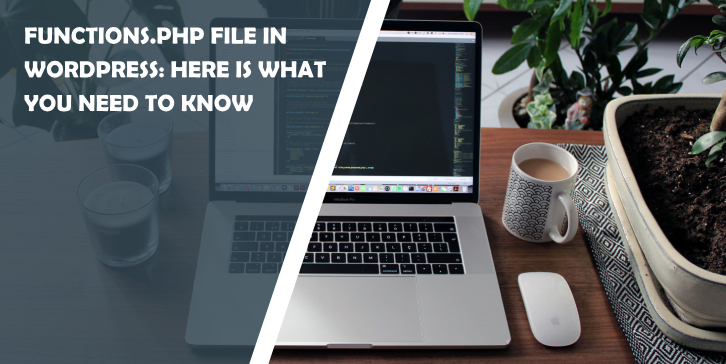In our fast-paced digital age, setting up an online store has never been more accessible. With the abundance of e-commerce themes available for WordPress, the challenge is no longer about starting an online business but about choosing the best theme to represent it.
So, how can you make the right choice when it comes to selecting a WordPress e-commerce theme? In this guide, we will discuss the process in simple steps, ensuring that you find the perfect theme that aligns with your online business goals.
Why Your E-Commerce Theme Matters?
Before delving into the selection process, let’s understand why your e-commerce theme is vital.
Your theme is essentially the face of your online store. It dictates the look and feel of your website, affecting how visitors perceive your brand and products. A well-chosen theme can enhance user experience, boost trust, and ultimately lead to more sales.
How to choose the best WordPress e-commerce theme
Step 1: Identify Your Needs
Every online store is unique, and your theme should reflect that. To begin, pinpoint your specific requirements.
- What type of products are you selling?
- Do you need specific features like a product search or filter?
- Will you have a blog alongside your online store?
- Consider your target audience: What design would appeal to them?
Knowing your needs will help you narrow down your choices.
Step 2: Responsive Design
In today’s world, people browse and shop on various devices, from smartphones to desktops. Your theme must be responsive, meaning it adjusts and looks good on all screen sizes. This ensures that your customers can shop comfortably no matter how they access your store.
Step 3: User-Friendly Navigation
Online shoppers appreciate simplicity. Your theme should offer intuitive navigation, making it easy for visitors to find products, view their cart, and check out. A user-friendly menu, clear categories, and an easily accessible shopping cart are essential.
Step 4: Compatibility with E-Commerce Plugins
WordPress offers several e-commerce plugins like WooCommerce, Easy Digital Downloads, and others. Ensure your chosen theme is compatible with the plugin you intend to use. This compatibility ensures smooth integration and a robust e-commerce experience.
Step 5: Page Builder Compatibility
A page builder allows you to create customized layouts without the need for coding. Check if your theme supports popular page builders like Elementor, Divi, or WPBakery. This empowers you to tailor your site’s appearance to match your brand.
Step 6: Speed and Performance
A slow-loading website can deter potential customers. Opt for a theme optimized for speed and performance. This ensures quick page loading, a crucial factor for retaining visitors and reducing bounce rates.
Step 7: SEO Friendliness
Search engine optimization (SEO) is crucial for online visibility. A theme that supports SEO best practices, like clean code and fast loading times, can give your store an edge in search engine rankings.
Step 8: Customer Support and Updates
Your e-commerce theme is a long-term investment. Ensure the theme provider offers regular updates to keep your website secure and compatible with the latest software. Good customer support is also essential in case you run into any issues.
Step 9: Check Reviews and Ratings
Finally, don’t forget to read reviews and check the ratings of the theme you’re considering. The experiences of others can provide valuable insights into the theme’s quality, performance, and support.
Conclusion
Choosing the best WordPress e-commerce theme is a crucial step in establishing a successful online store. By identifying your needs, ensuring responsiveness, user-friendly navigation, compatibility with e-commerce plugins and page builders, speed and performance optimization, SEO friendliness, and checking reviews, you’re well on your way to making an informed and confident decision. Your online business deserves a theme that not only looks great but also functions seamlessly and attracts customers.





Comments are closed.